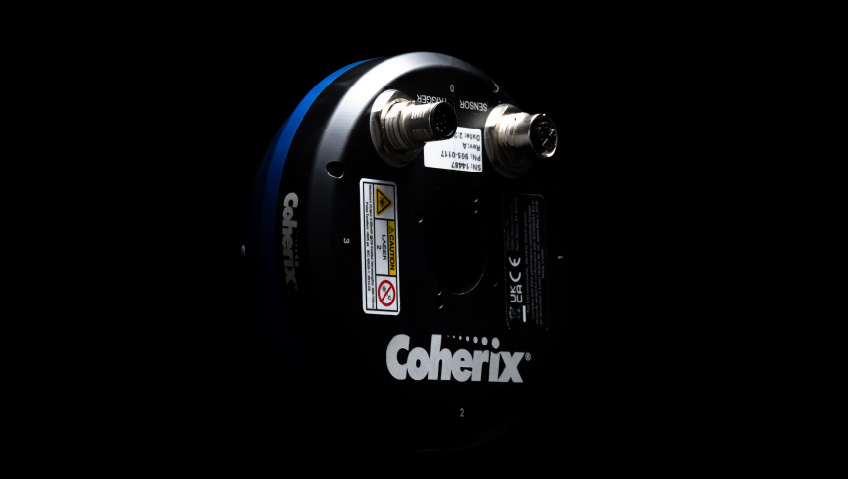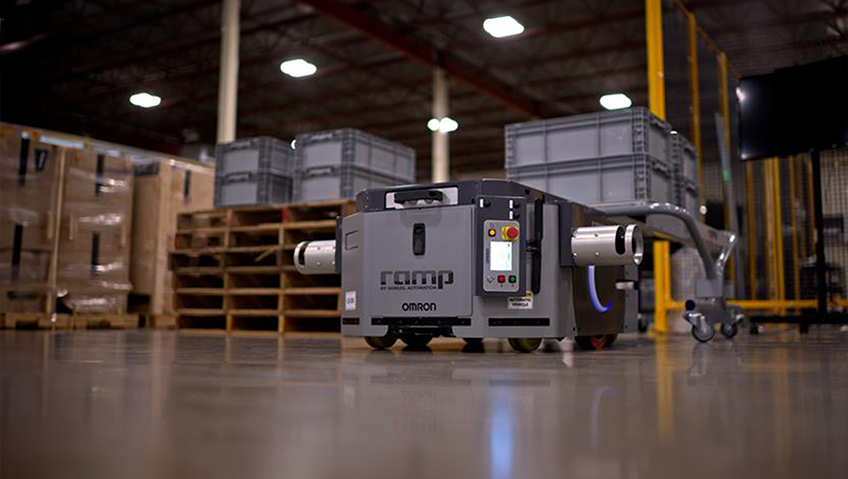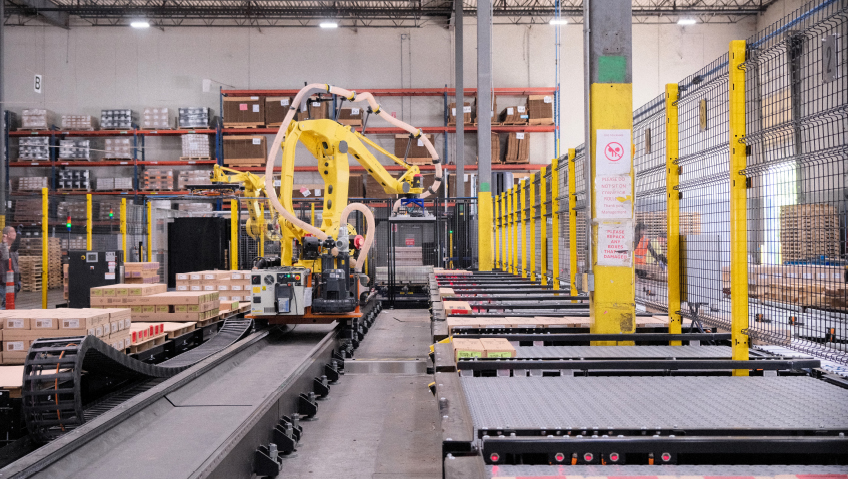The fourth industrial revolution, or Industry 4.0, has brought with it gifts of previously unimaginable ingenuity in the form of a phenomenal selection of new smart tools available to manufacturers. From virtual reality to 3D printing, manufacturing has entered an era of smart tools the world has never seen before. The sky is the limit, and while manufacturing may be up in the ‘cloud’ these days, its operations are fully rooted in reality – albeit augmented reality in some cases.
Before the COVID-19 health crisis, many manufacturers repeatedly reported that the issue of labour shortages was driving the rapid drive toward implementing as much automation and digitalized manufacturing processes. Naturally, precautions such as social distancing, shelter-in-place, and lockdown measures all accelerated the process around the world. But, far from taking away jobs from humans, experts assure us that artificial intelligence is here to free people from repetitive, monotonous, and sometimes dangerous labour to enjoy more fulfilling work. For the manufacturing industry, this has meant technological advancement at an unprecedented pace.
Recent advances have transformed manufacturing methods through the advent of smart tools. Let’s take a look at just a few of the most interesting tools available to fabricators today.
Like construction companies, manufacturers are increasingly employing technology to ensure the health and safety of the environments in which they work, as well as the health and safety of their staff. With their high integration capabilities, Industry 4.0’s smart tools can now inform management when staff members are risking injury to themselves or others through the use of cyber-physical systems (CPS) that collect, share, and examine data in a closed-loop system. This technology can also be applied by manufacturers to observe and manage waste, preventing landfill issues and other pollution hazards.
CPS is made possible by complex networks of robotics, sensor, and visual technologies that interact with the physical and mechanized worlds to not only measure and analyze the context but also interpret data to respond to situations intelligently.
Additive manufacturing, referring to three-dimensional (3D) printing, is another manufacturing star. This method most commonly deposits a continuous filament of thermoplastic material in a process known as fused deposition modelling. Three-dimensional printing also can combine liquids or finely ground substances, like thermoplastic polyurethane resins and other hard-wearing, versatile materials, with printing technology in several ways to build fully-functioning parts by layering rather than the traditional milling of three-dimensional forms from metals, known as a reductive process.
While the technology was initially employed for rendering prototypes and replacement elements, it has evolved far beyond that. In a 2014 white paper titled Industry 4.0 Challenges and solutions for the digital transformation and use of exponential technologies, Deloitte quoted Dr. Robert Sekula, head of manufacturing technologies at ABB Corporate Research, as noting that 3D printing may well bring about fabrication times around ten times the current speed, making this a much more relevant technology than perhaps initially thought.
Augmented reality is another technology that has exceeded expectations in both the number of applications and the market value. In 2019, market research firm Statista forecast that the augmented reality market will reach close to US$200 billion in the next six years from just under US$6 billion in 2018. This, of course, is no small matter and confirms the value that the technology is adding to manufacturing across myriad markets.
Augmented reality (AR) is especially useful in training technicians. It is mainly used to create simulations of real spaces, machines, or systems. The technology gives manufacturers huge cost savings as maintenance and other training can be done while plants remain fully operational. Manufacturers also report a vastly optimized workflow.
Cloud computing is slowly entering the broader language of manufacturing in 2021. But what is it? As you may know, basic cloud computing relies on a network of web servers to host, manage, and process data remotely. This means that devices linked to the network can add, update, and in some cases, change data from anywhere in the world.
Cloud manufacturing uses the power of remote access to information to allow multiple manufacturers to collaborate on projects for a single customer, who can buy manufacturing from one website via the internet of goods (IoG), another term for Industry 4.0. IoG combines digitized distribution via e-commerce fulfillment centers with digitized production and new manufacturing platforms like cloud manufacturing. IoG relies on automated assessments to determine whether parts are ‘manufacturable’ or not.
This sustainable and adaptable tool pools resources in a single service-based cloud. With global participation, lightning-fast analyses, and quoting, it has tremendous power to transform how manufacturing is done. Currently, it appears to be especially favoured by sheet metal and computer numerical control (CNC) operations.
The Industrial Internet of Things (IIoT) is what makes smart manufacturing possible in many ways. IIoT harnesses the power of sensors and electronics actuators for technological feats such as predictive maintenance to nip pending malfunctions in the bud. It even supports advanced machines in servicing themselves as needed.
For consumers and end-users, the technology promises to mitigate manufacturing’s potential environmental footprint by detecting and alerting gatekeepers to pollution levels, dangerous chemical leaks, and radiation. It can help prevent traffic jams and predict the weather, helping manufacturers plan and schedule accordingly, and improving cities’ ability to prepare for natural disasters more effectively. Beyond manufacturing, the technology can be used to take care of nature, monitoring factors that can aid in preventing deforestation or protecting endangered species such as rhinoceros and bees.
Back in the manufacturing sphere, IIoT’s benefits provide hope for those looking to lower energy consumption. This technology also vastly improves manufacturers’ communication with their supply chains, providing information on shipment statuses as well as overall efficiency.
Despite the obvious challenges like cyber-security, smart tools promise to continue transforming manufacturing, exposing the industry to world-changing ideas that were once nothing but out-of-reach dreams.






